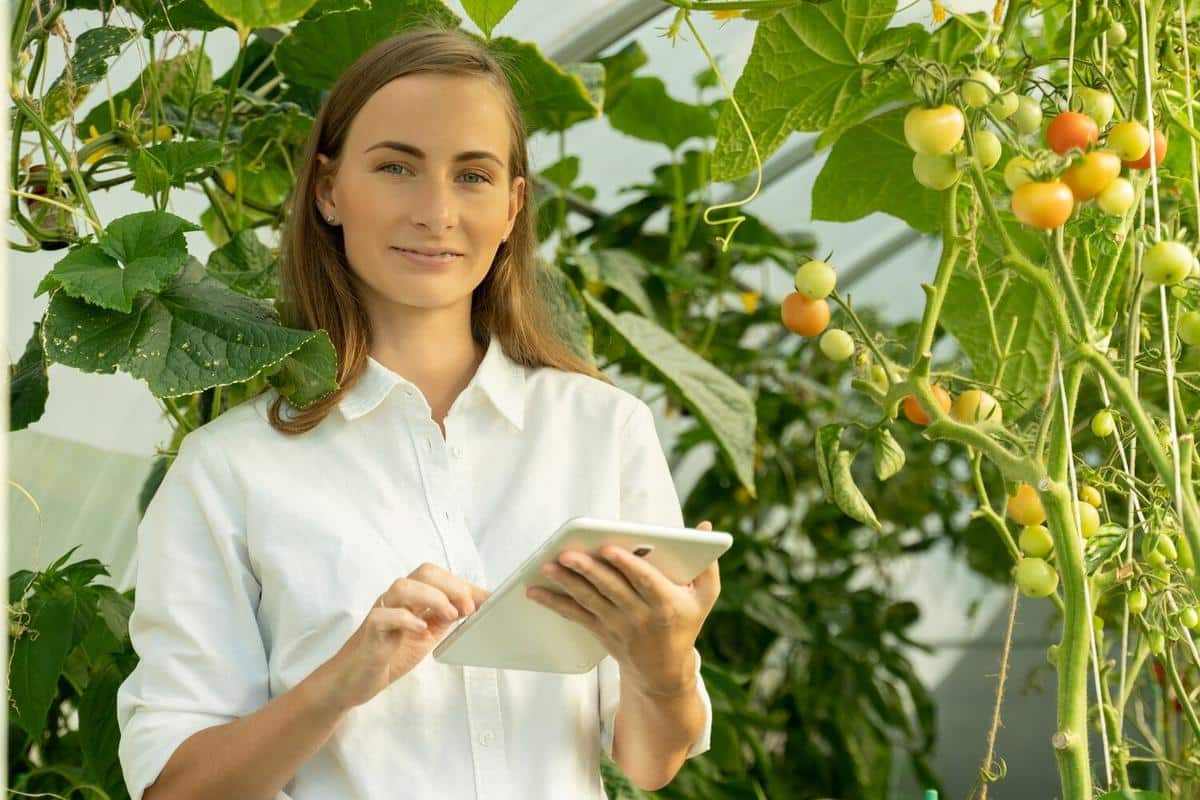
IoT in Agriculture: Revolutionizing Food Production
Imagine a world where farmers can monitor soil health, track livestock, and even predict weather patterns—all from their smartphones. This is not a distant future; it’s happening now thanks to the Internet of Things (IoT) in agriculture. Harnessing the power of interconnected devices, IoT is revolutionizing food production, making it more efficient, sustainable, and responsive to the challenges of modern agriculture.
The application of IoT in agriculture is transforming the industry by enabling precision farming, which utilizes detailed data analytics to optimize agricultural practices. According to a report by MarketsandMarkets, the global IoT in agriculture market is projected to reach $20.9 billion by 2024, highlighting the growing importance of technology in farming.
How IoT is Transforming Agriculture
Precision Farming
Precision farming is one of the most significant advancements brought about by IoT. It involves the use of sensors and devices to collect real-time data on various farming conditions such as soil moisture, nutrient levels, and crop growth. This data allows farmers to make informed decisions, improving crop yields and reducing waste. For instance, a farmer in Nebraska uses IoT sensors to monitor soil conditions, enabling him to adjust irrigation accordingly, which has significantly increased his farm’s productivity.
Smart Irrigation Systems
Water management is crucial in agriculture. IoT-enabled smart irrigation systems use weather forecasts and soil moisture data to optimize watering schedules, preventing both over-irrigation and drought stress. A study by the University of California found that smart irrigation systems can reduce water usage by up to 30%, demonstrating their environmental and economic benefits.
Livestock Monitoring
IoT devices also play a pivotal role in livestock management. Wearable devices can track the health and location of animals, alerting farmers to any anomalies. This technology enhances animal welfare and can prevent disease outbreaks, ultimately improving productivity. For example, a dairy farm in Wisconsin uses IoT collars to monitor cows’ vital signs, leading to early detection of health issues and reduced veterinary costs.
Benefits and Challenges
While IoT offers numerous benefits, including increased efficiency, improved resource management, and enhanced sustainability, it also presents challenges. Data security and privacy are major concerns as more data is collected and shared. Additionally, the initial cost of IoT devices can be prohibitive for small-scale farmers.
Actionable Tips for Farmers
For farmers looking to integrate IoT into their operations, it’s important to start small. Begin with one area, such as irrigation or livestock monitoring, and gradually expand as you become more comfortable with the technology. Partnering with technology providers who offer robust support and training can also ease the transition.
Consider investing in IoT solutions that offer remote monitoring capabilities, allowing you to manage your farm from anywhere at any time.
IoT in Agriculture: A Comparative Overview
| Aspect | Traditional Farming | IoT-Enabled Farming |
|---|---|---|
| Water Usage | Manual and often excessive | Optimized through smart systems |
| Crop Monitoring | Visual inspection | Real-time data from sensors |
| Livestock Health | Reactive care | Proactive monitoring |
| Resource Management | Generalized | Data-driven precision |
| Cost Efficiency | Variable | Improved through optimization |
| Data Security | Minimal concerns | High importance |
| Implementation Costs | Lower initial costs | Higher initial investment |
| Scalability | Limited | High potential |
Frequently Asked Questions
What is precision farming?
Precision farming is an agricultural management approach that uses IoT technology to monitor and optimize field conditions for better crop production.
How do smart irrigation systems work?
Smart irrigation systems use real-time data and weather forecasts to automate and optimize watering schedules, reducing water waste.
What are the main benefits of IoT in agriculture?
IoT enhances efficiency, reduces costs, and improves sustainability through precise data collection and analysis.
Are there any challenges associated with IoT in agriculture?
Yes, challenges include high initial costs, data security concerns, and the need for technical knowledge.
Conclusion
IoT in agriculture represents a transformative step forward for the industry, offering tools that can lead to more sustainable and productive farming practices. As technology continues to advance, embracing IoT solutions will be crucial for farmers aiming to meet the demands of modern food production. By starting small and gradually integrating IoT technologies, farmers can optimize their operations and ensure a more secure and prosperous future for agriculture.